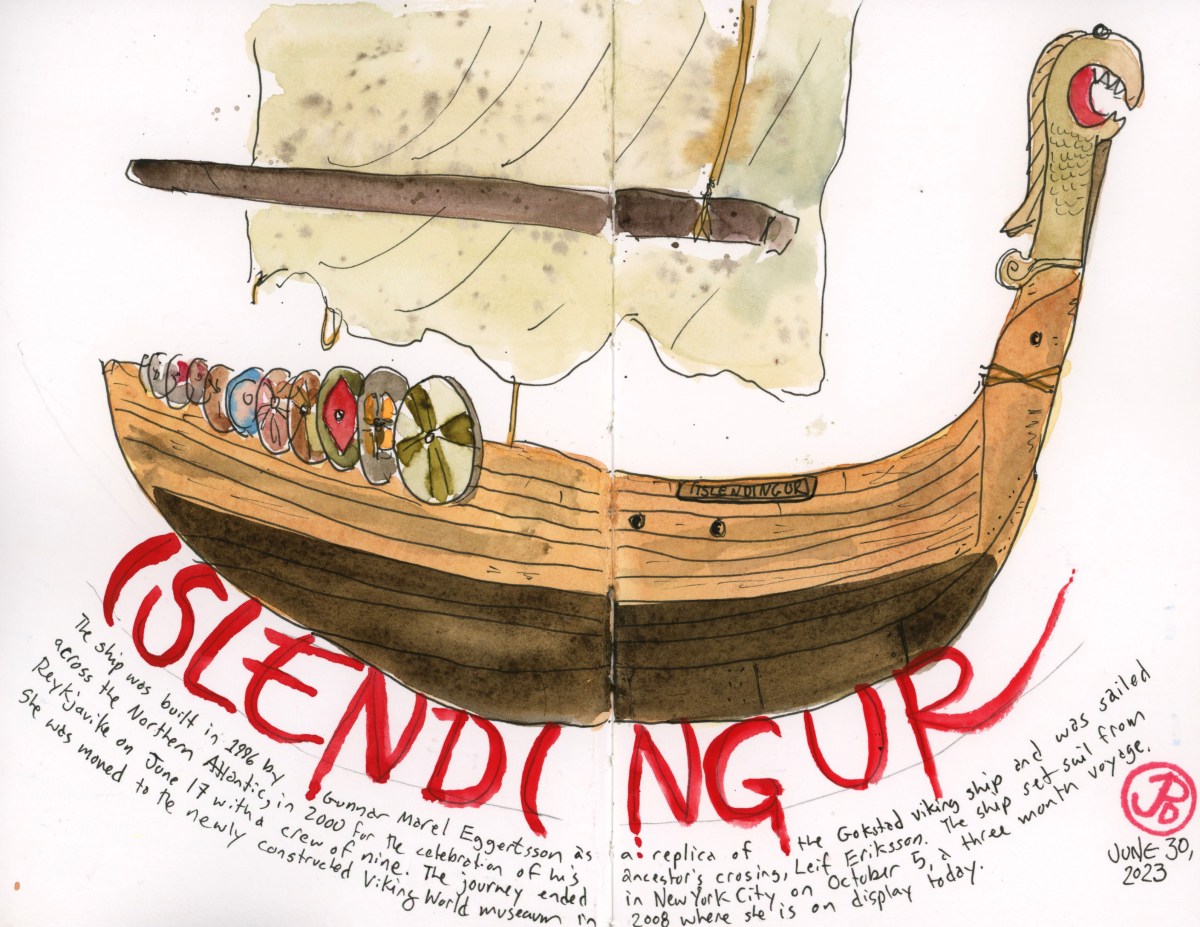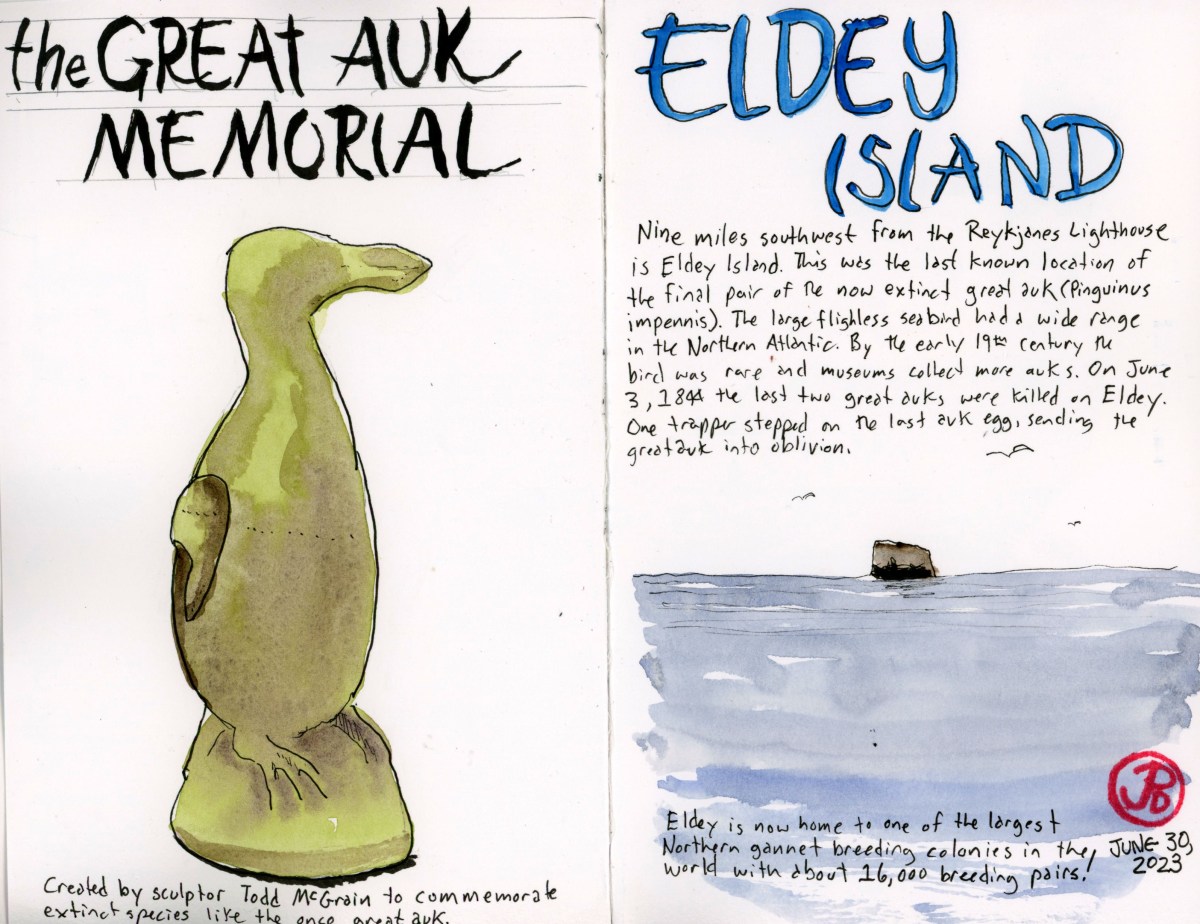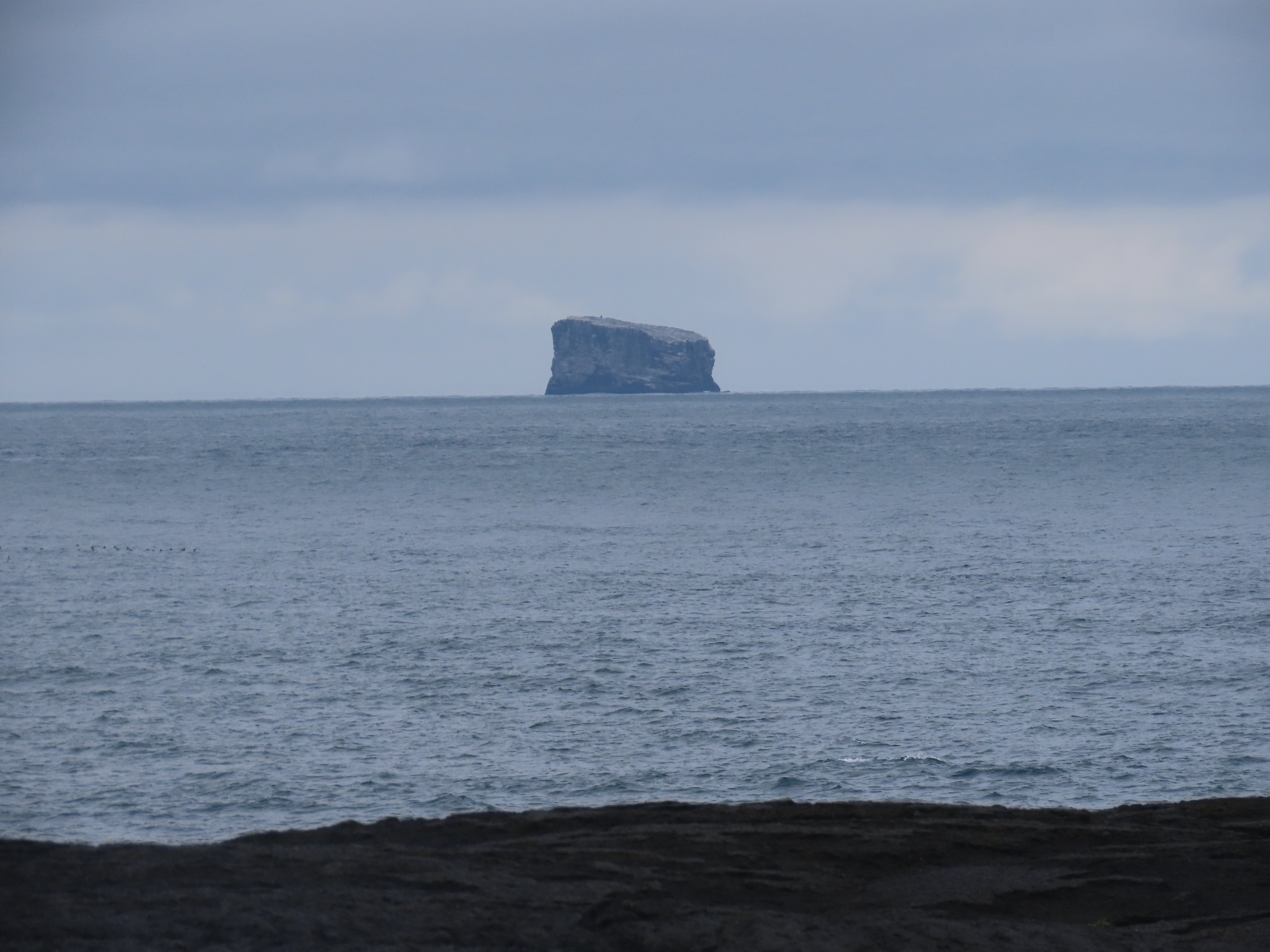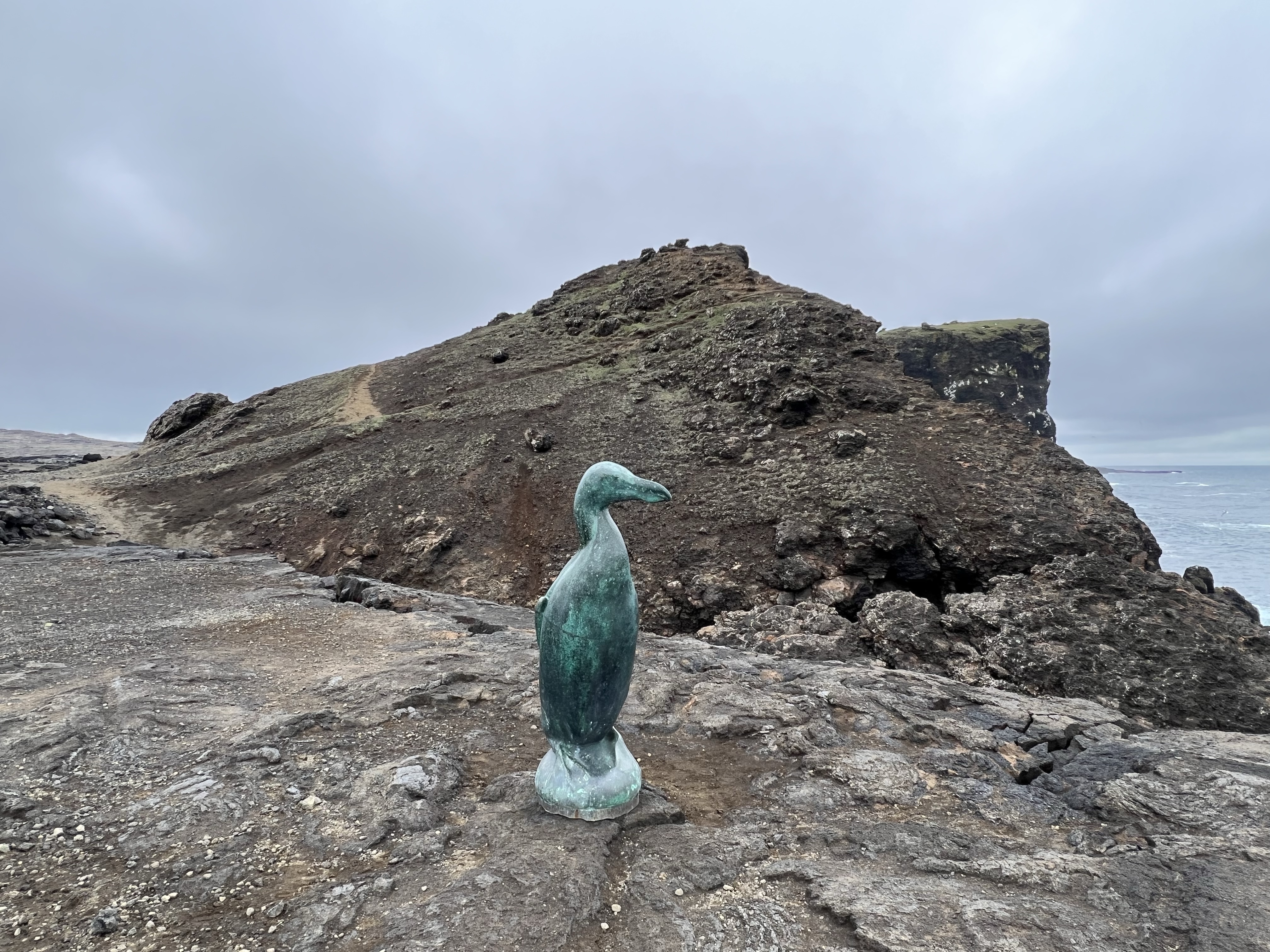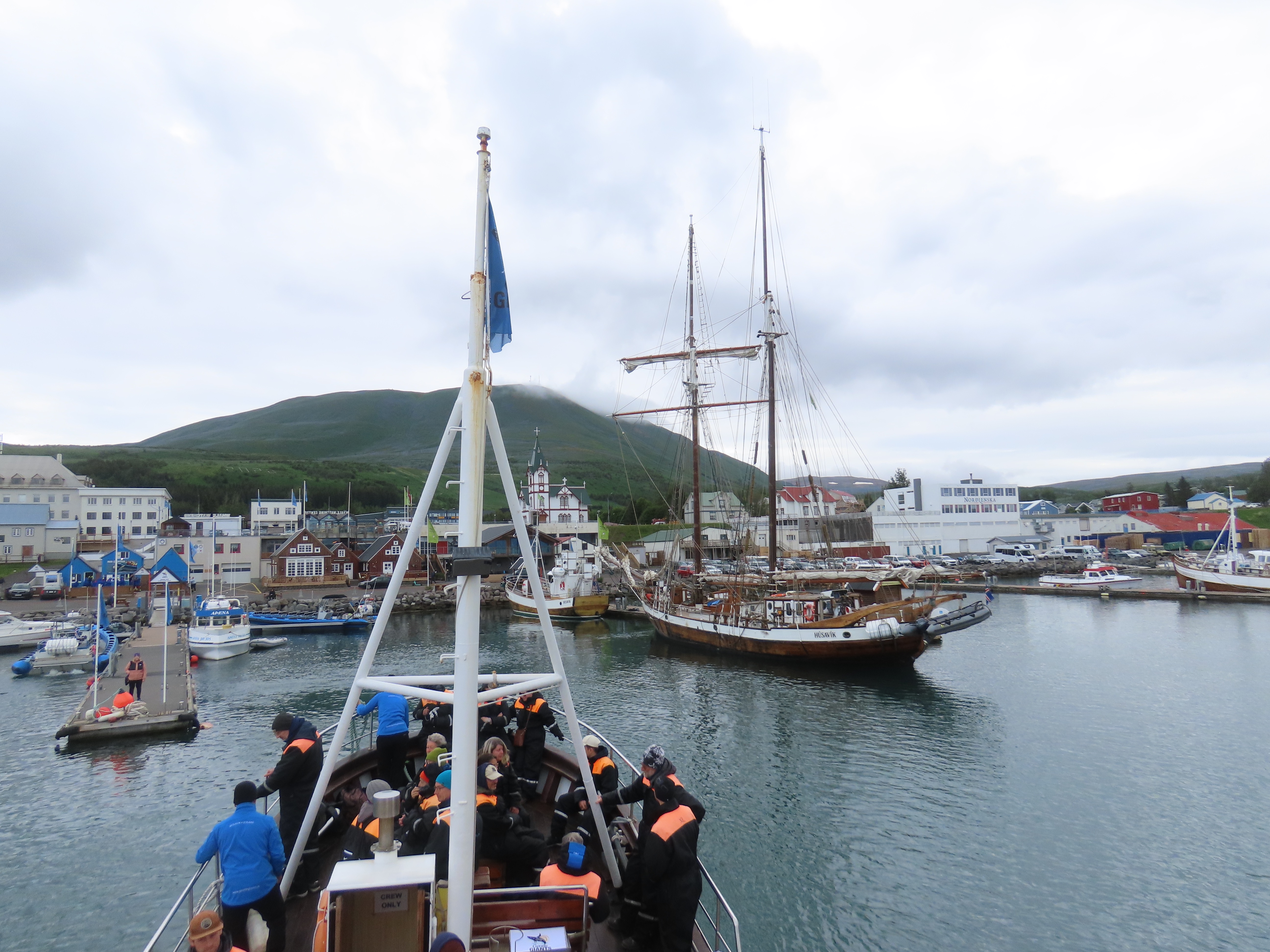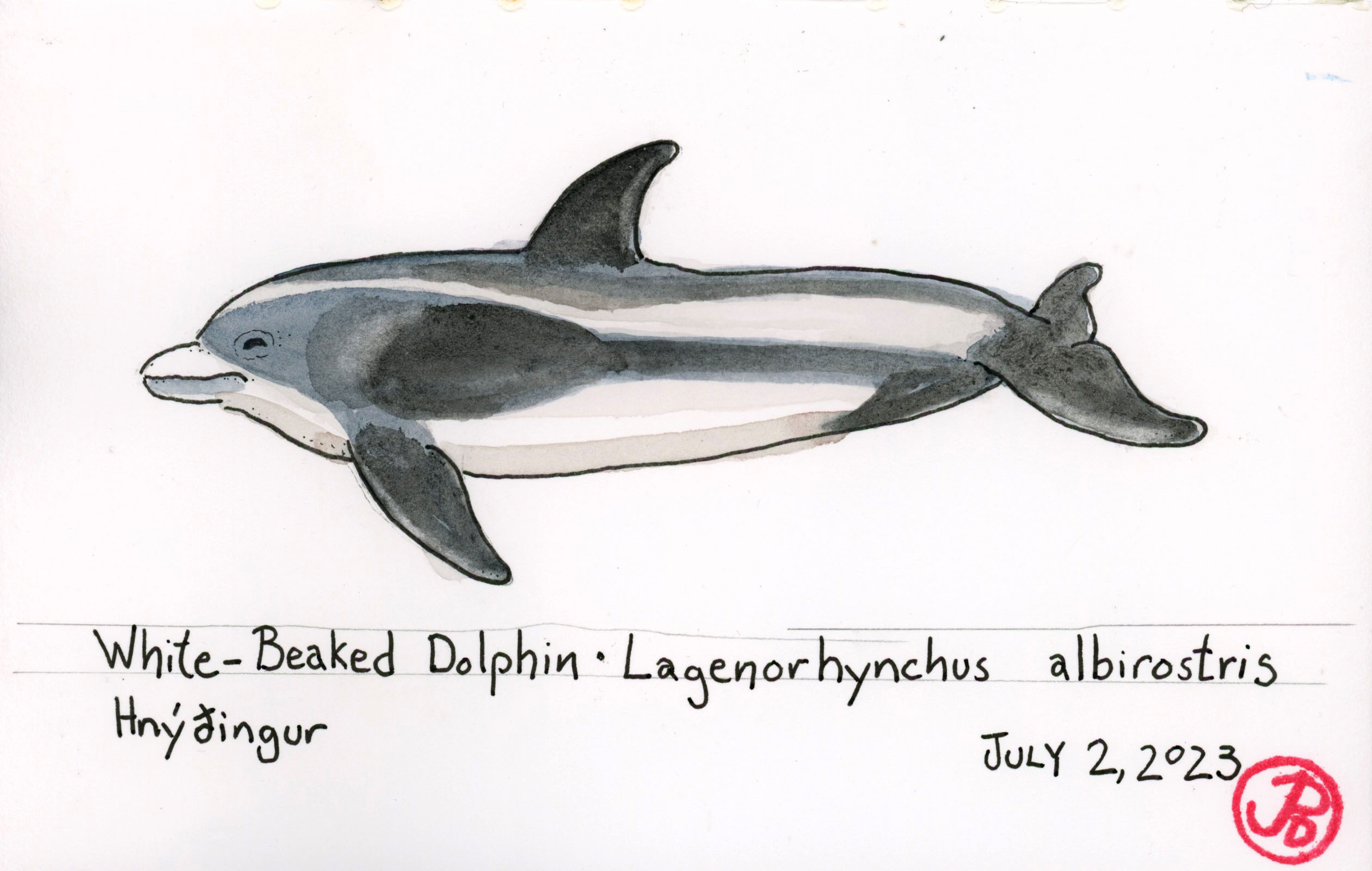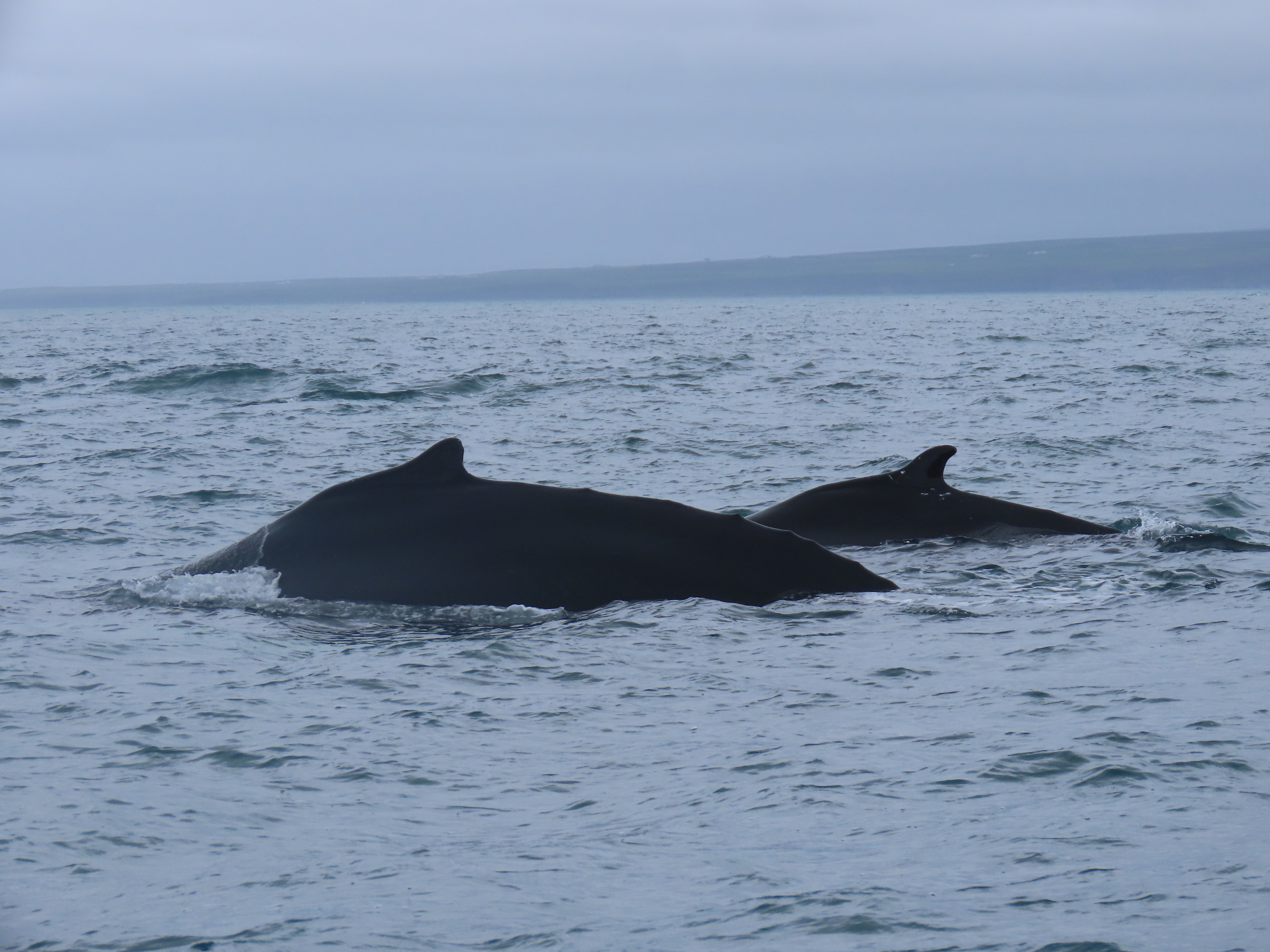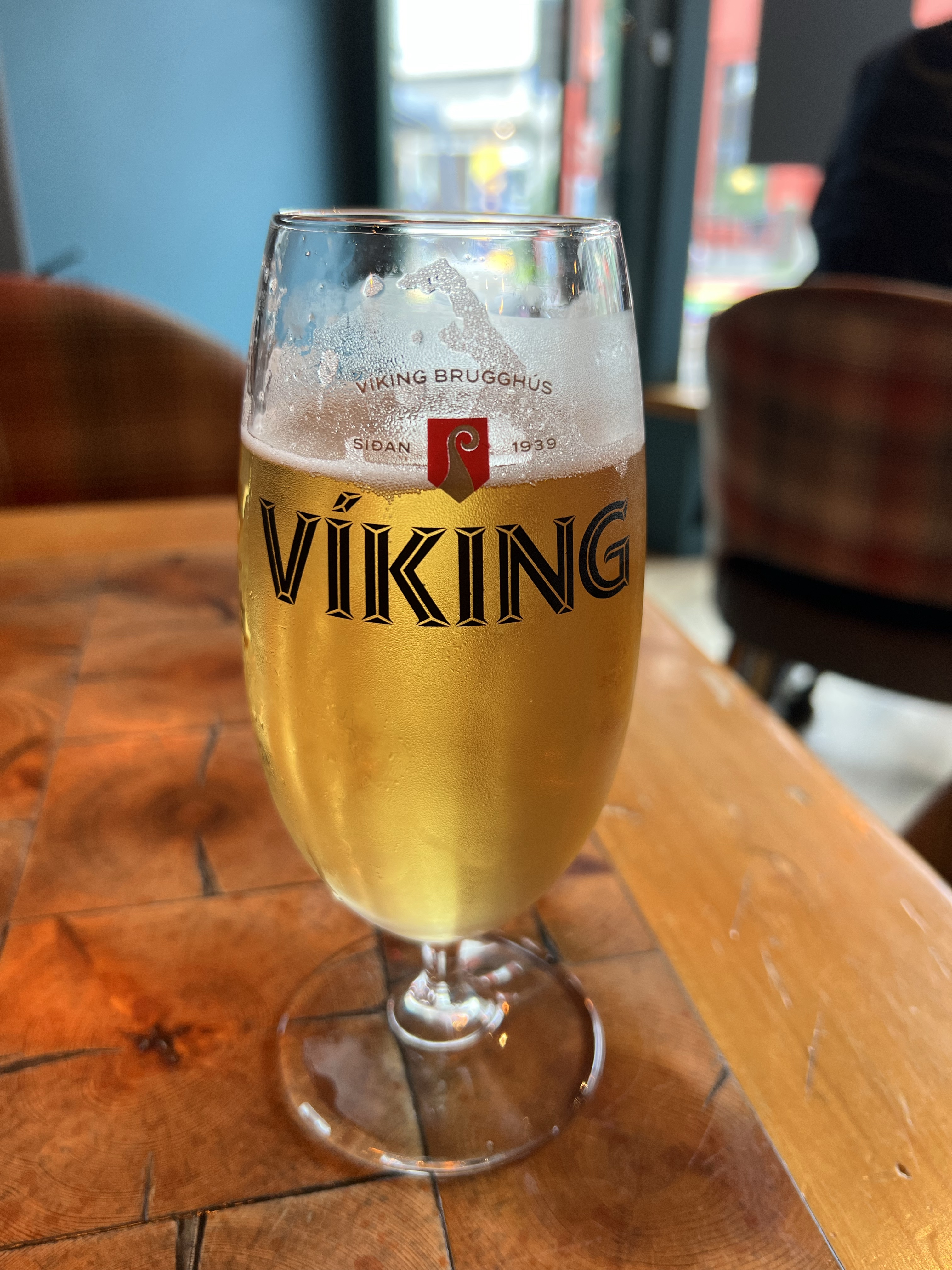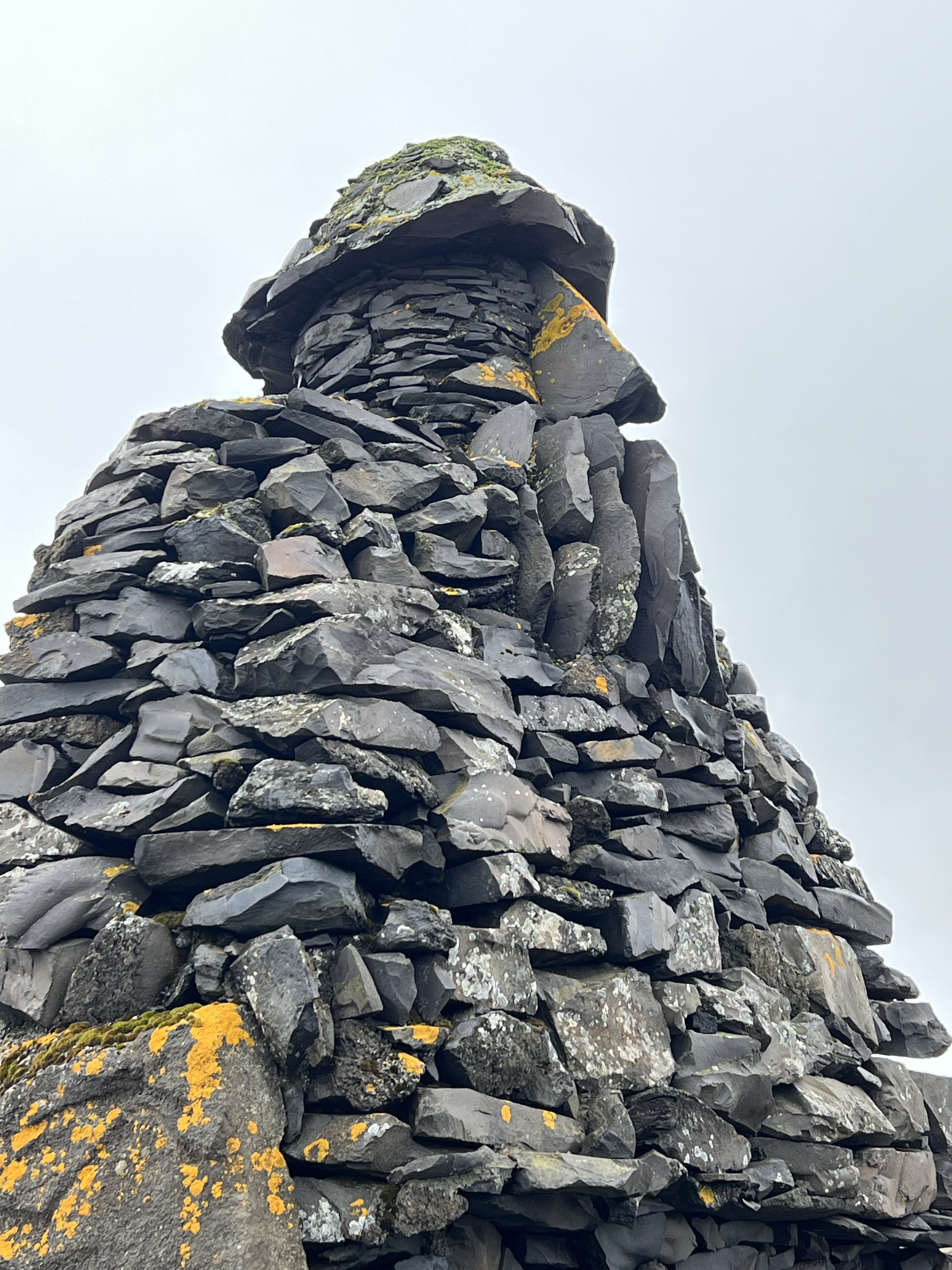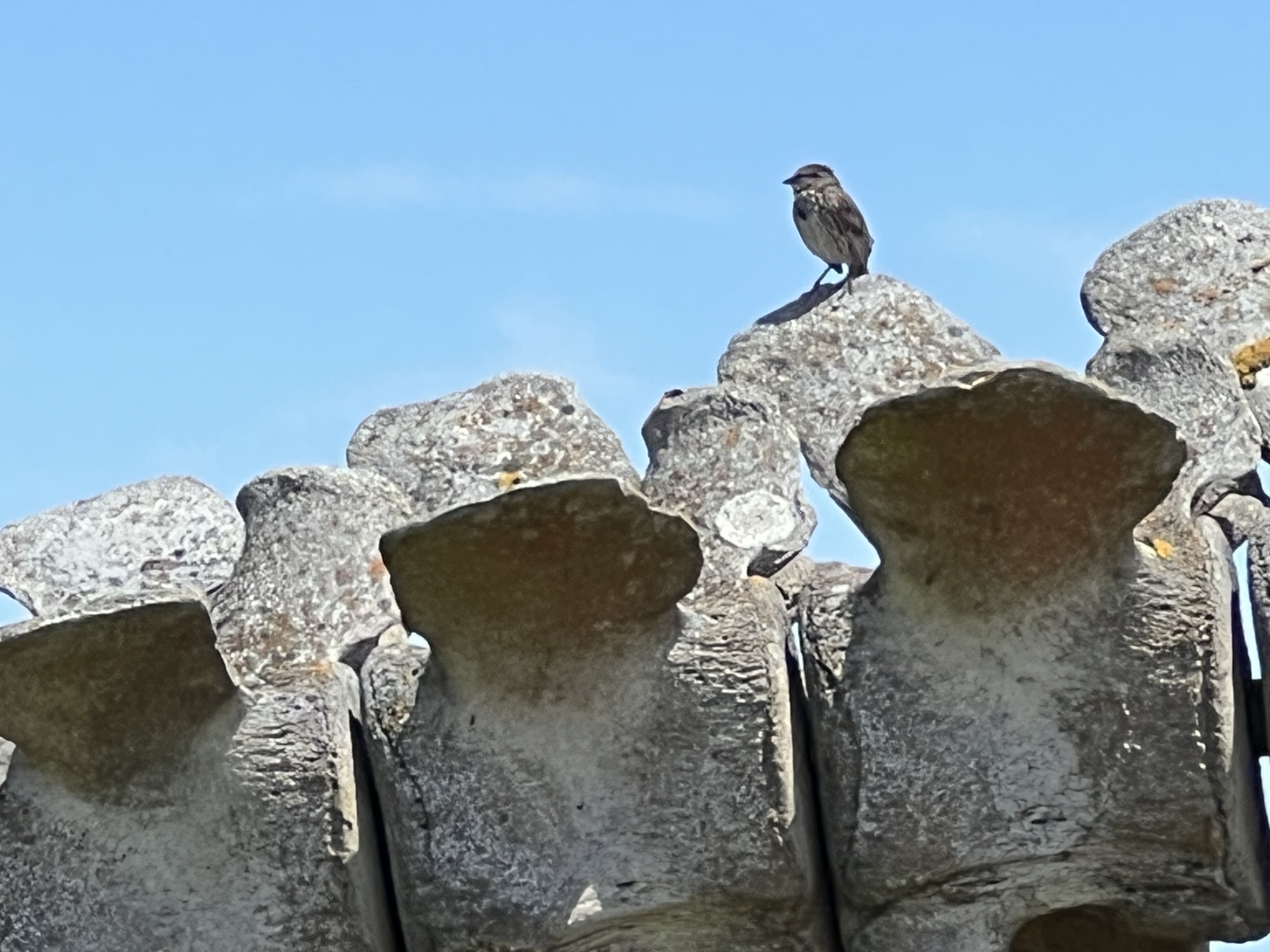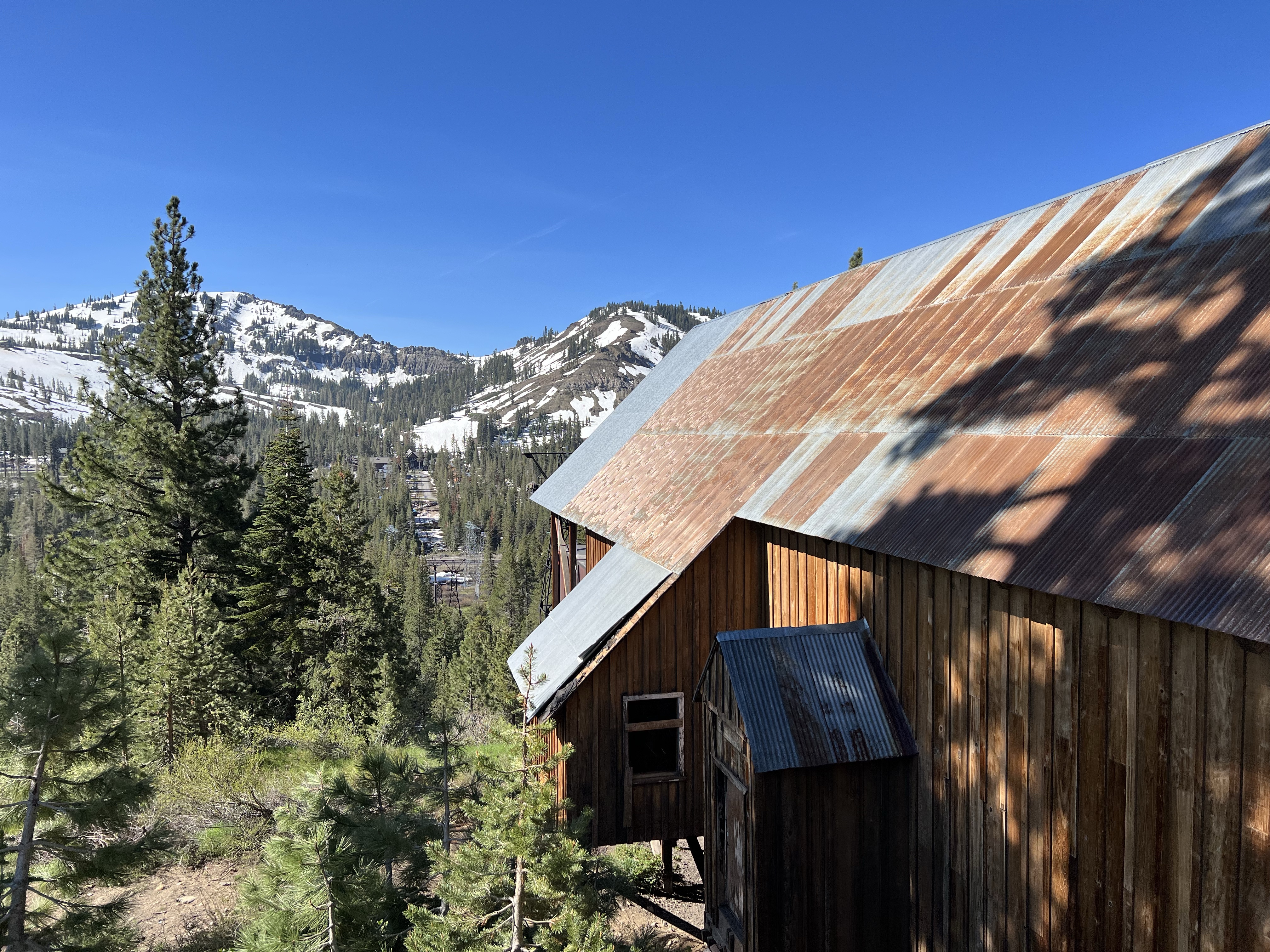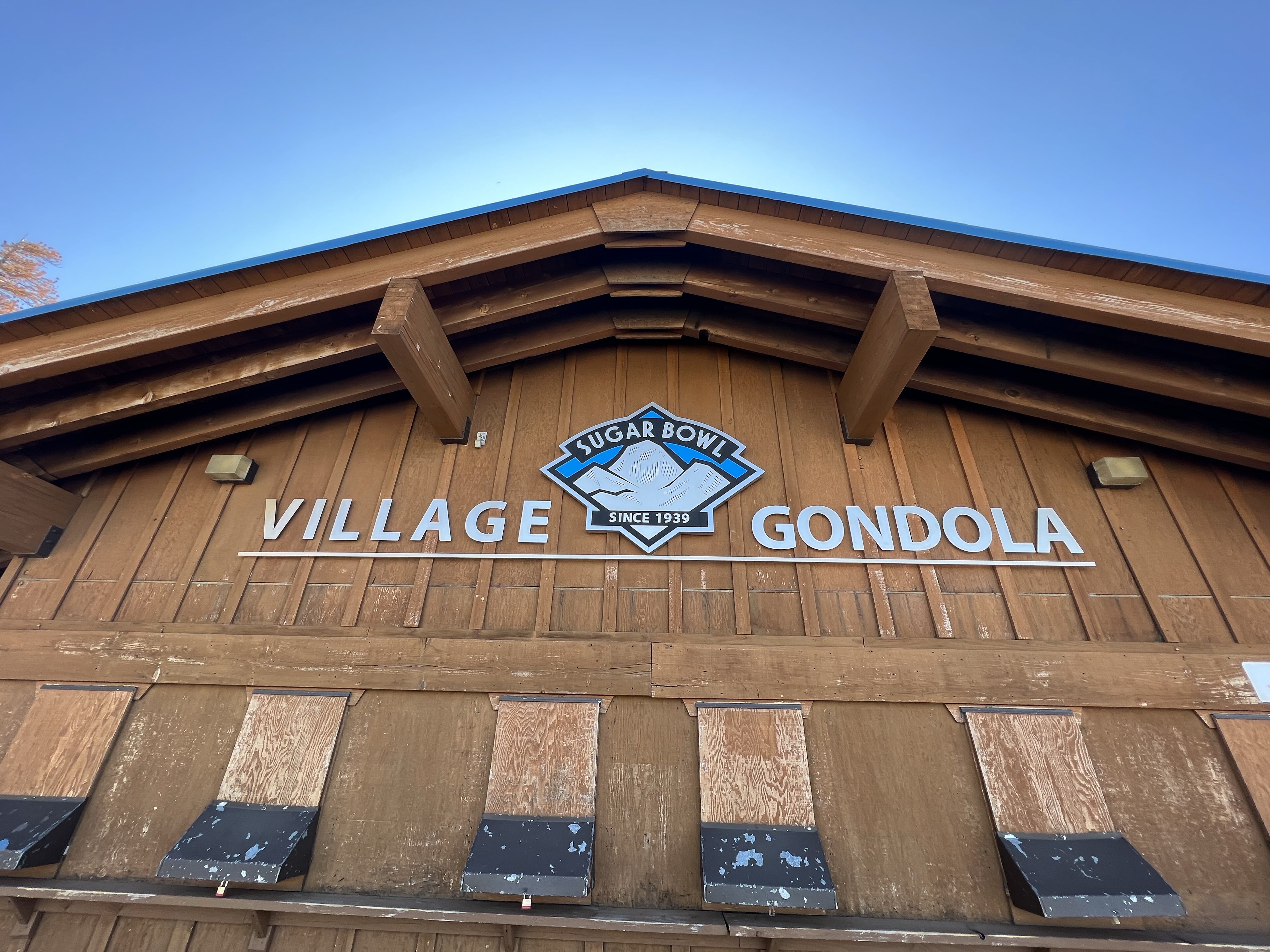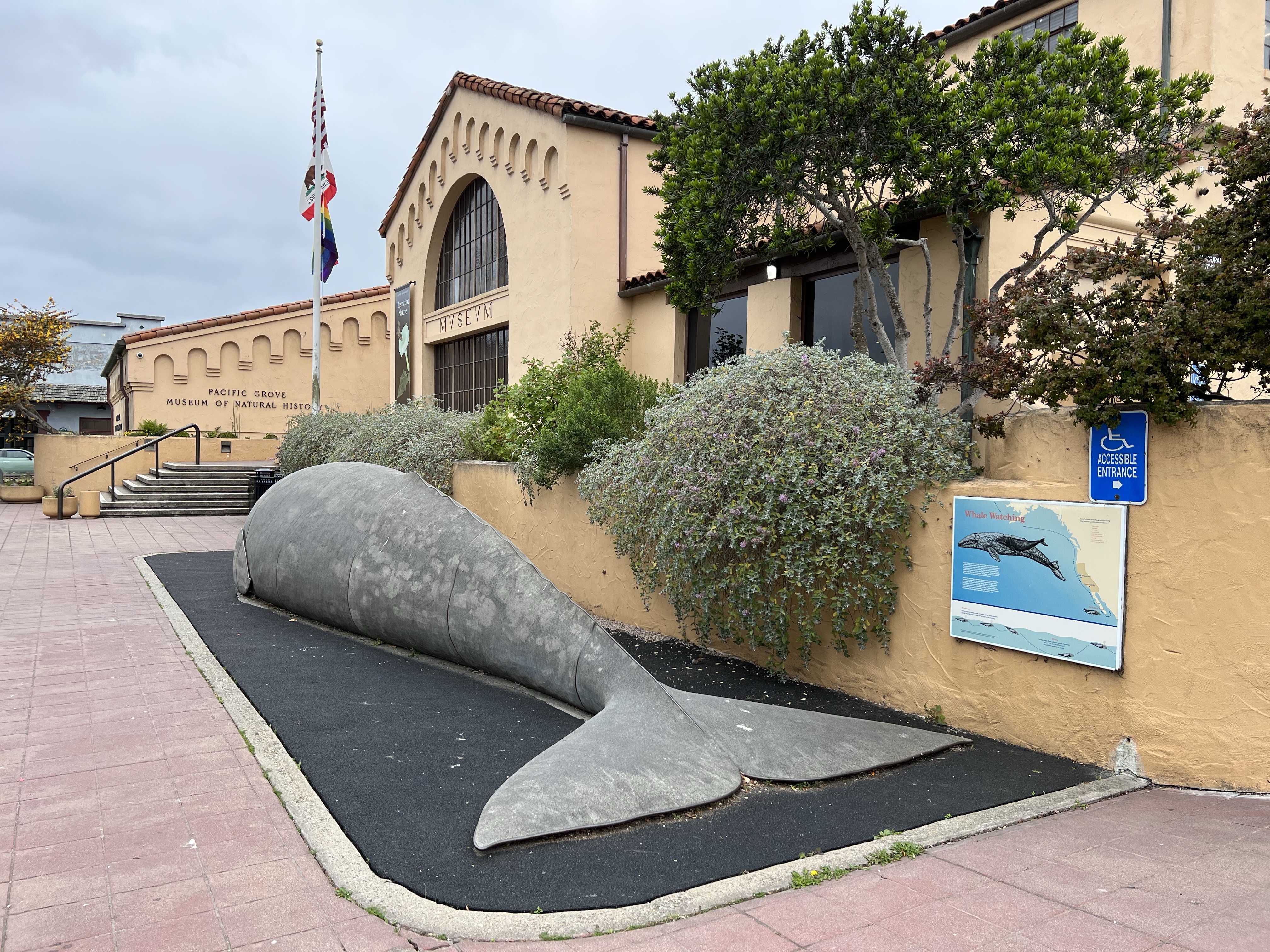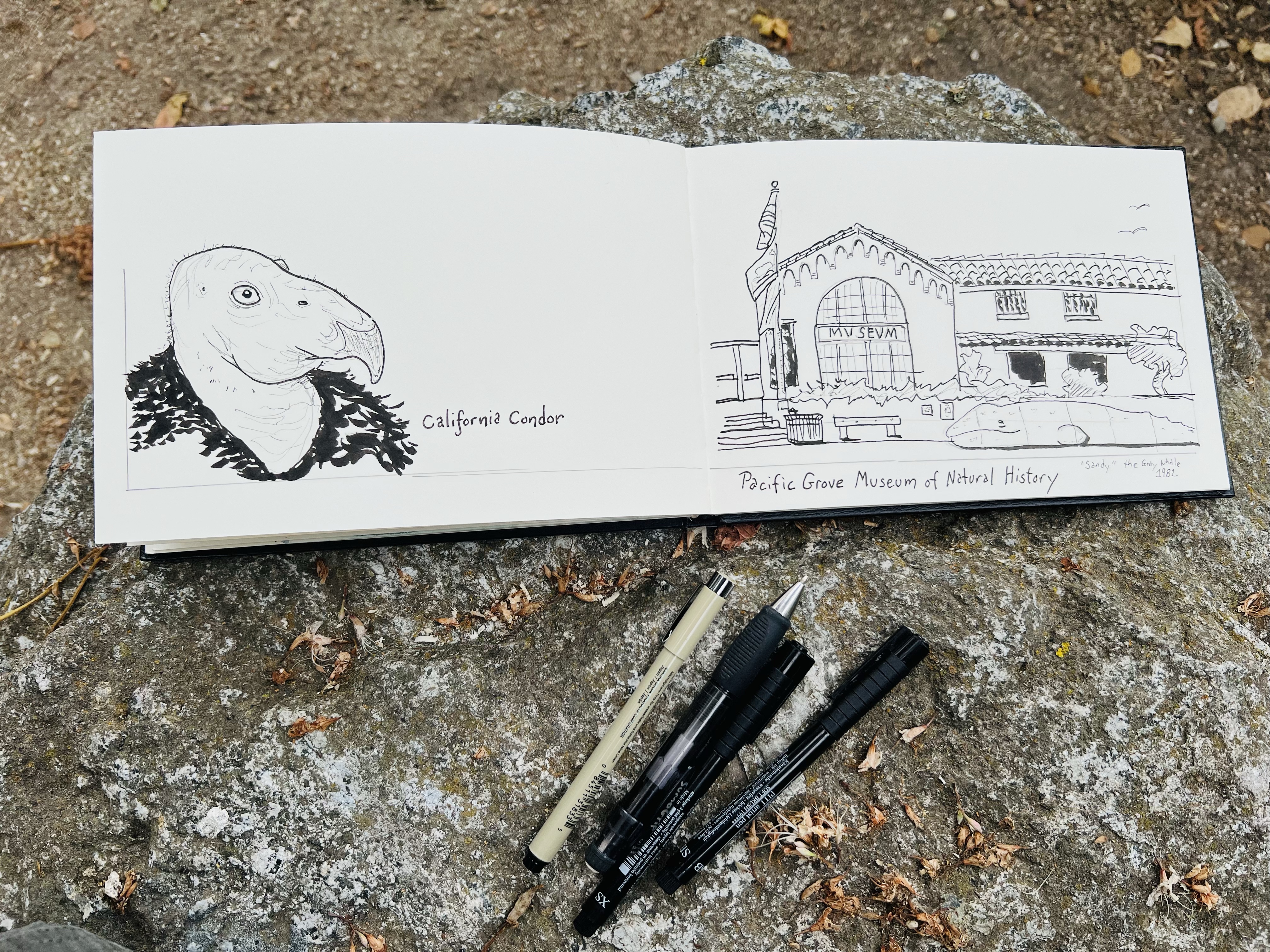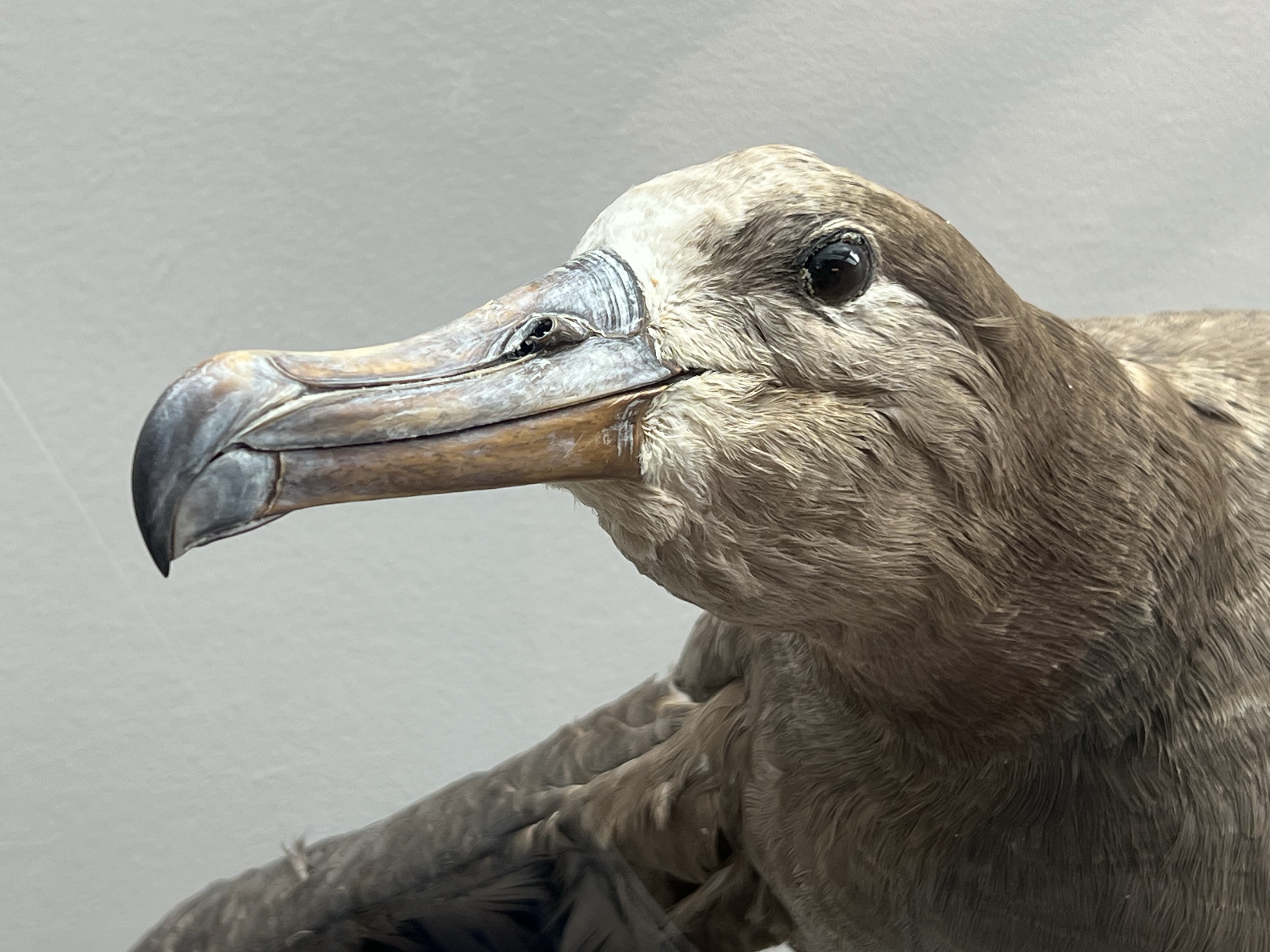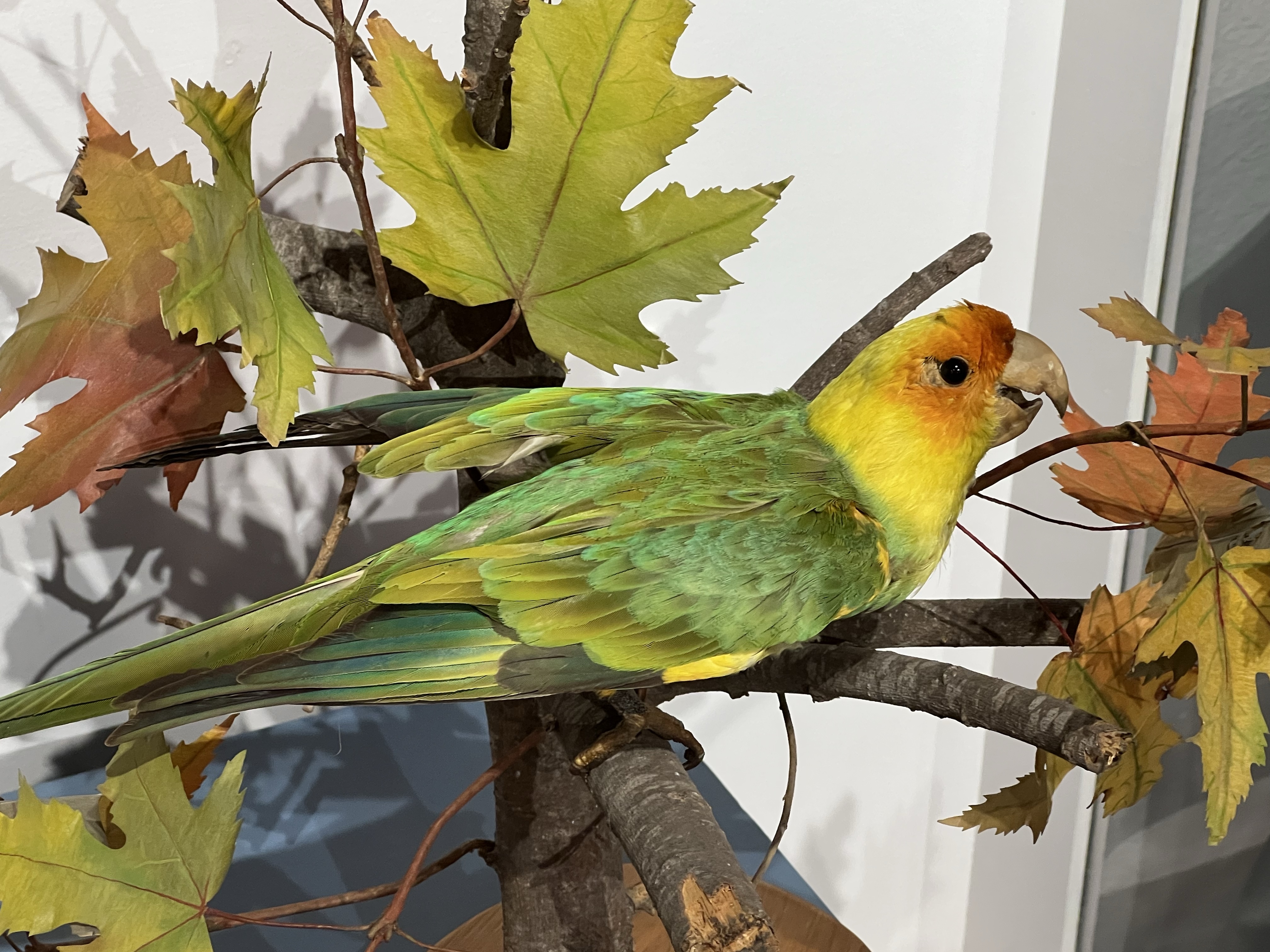South, just across the bay from Reykjavik, is a ship that I wanted to see and sketch.
This is the replica of a Viking longship named Islendingur. The longship is now out of the water and preserved indoors at the Viking World Museum in Keflavik.
The Islendingur is a replica of the Gokstad longship. The Gokstad ship is a 9th century ship that was found in a burial mound in Sandar, Norway. It is one of the largest preserved Viking ship in existence and is on display at the Viking Ship Museum in Oslo, Norway. The ship was found on Gokstad Farm in 1880. The oak ship is 78 feet long and almost 17 feet wide. The Islendingur is almost an exact replica of this iconic ship.
In the summer of 2000, to celebrate the millennial anniversary of Lief Erikson’s discovery of North America (500 years before Columbus), the Islendingur set sail, retracing the original route of the famous Norseman. The boat was built and piloted by a descendant of Erikson.
The wooden ship travelled 4,200 miles, stopping at over 24 ports along the way to New York City.

I picked a spot on the starboard side of the longship in the upper gallery and sketched it into my Icelandic sketchbook. I started with the iconic dragon’s figurehead on the bow and sketched the curvaceous oak hull.

